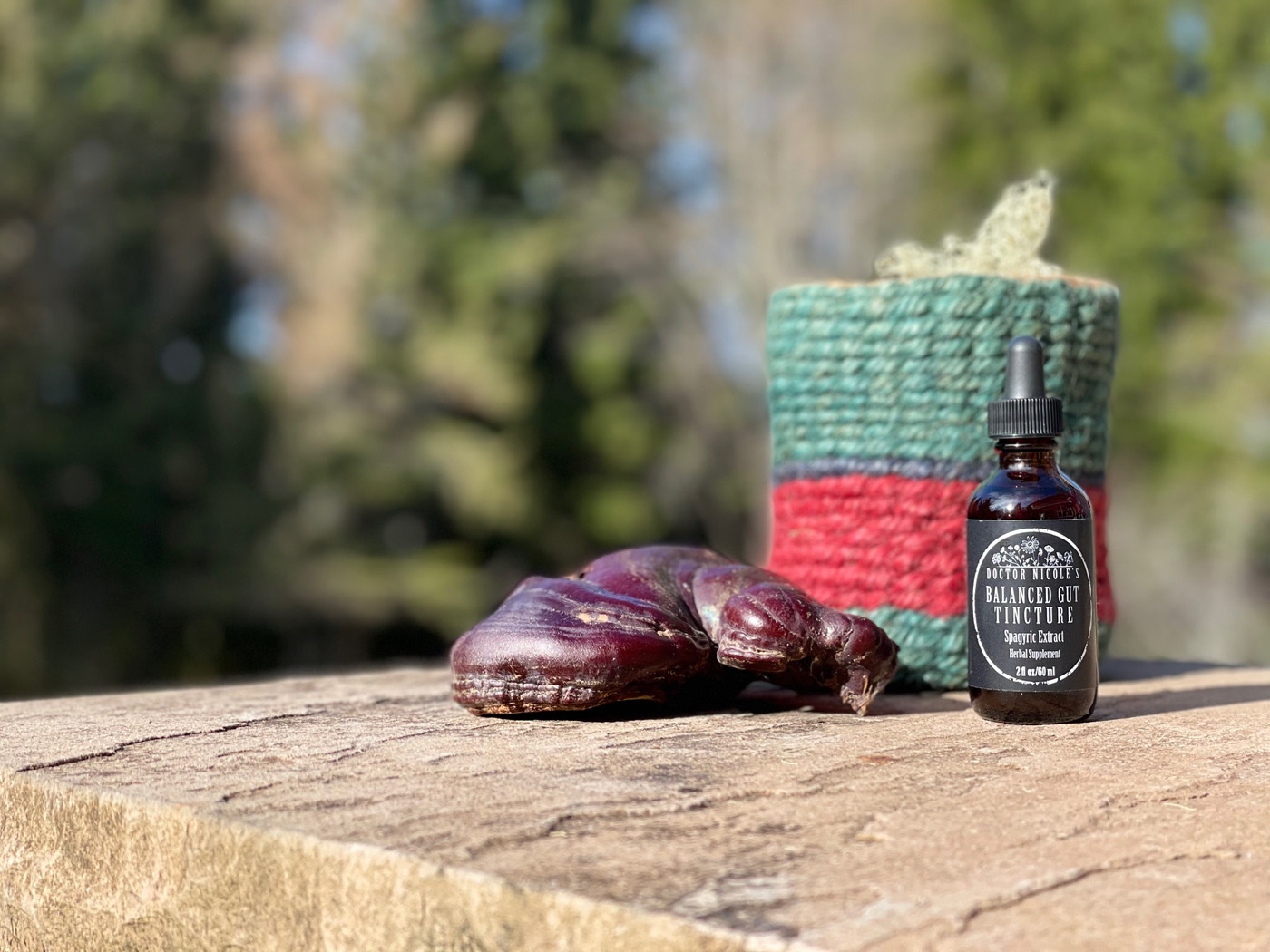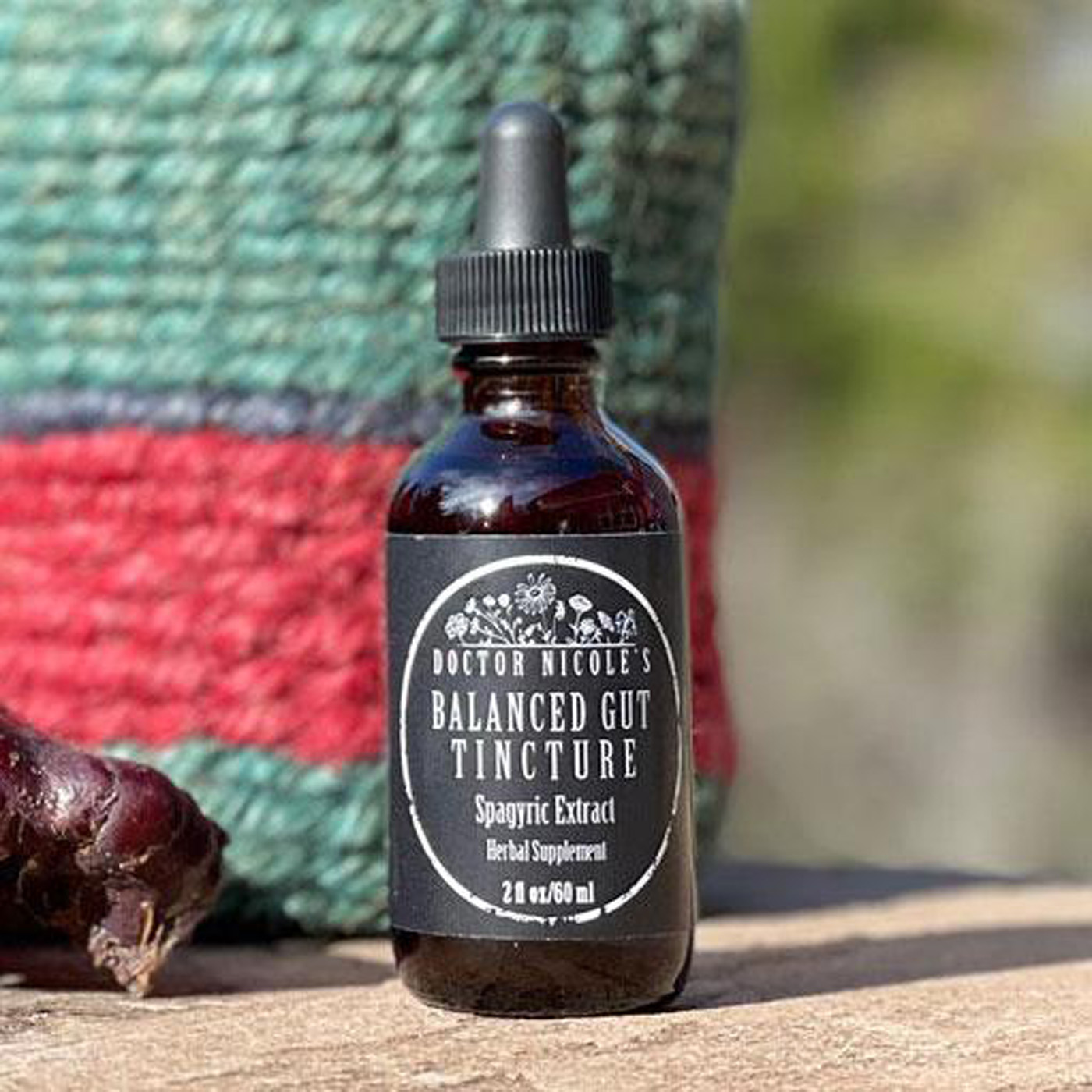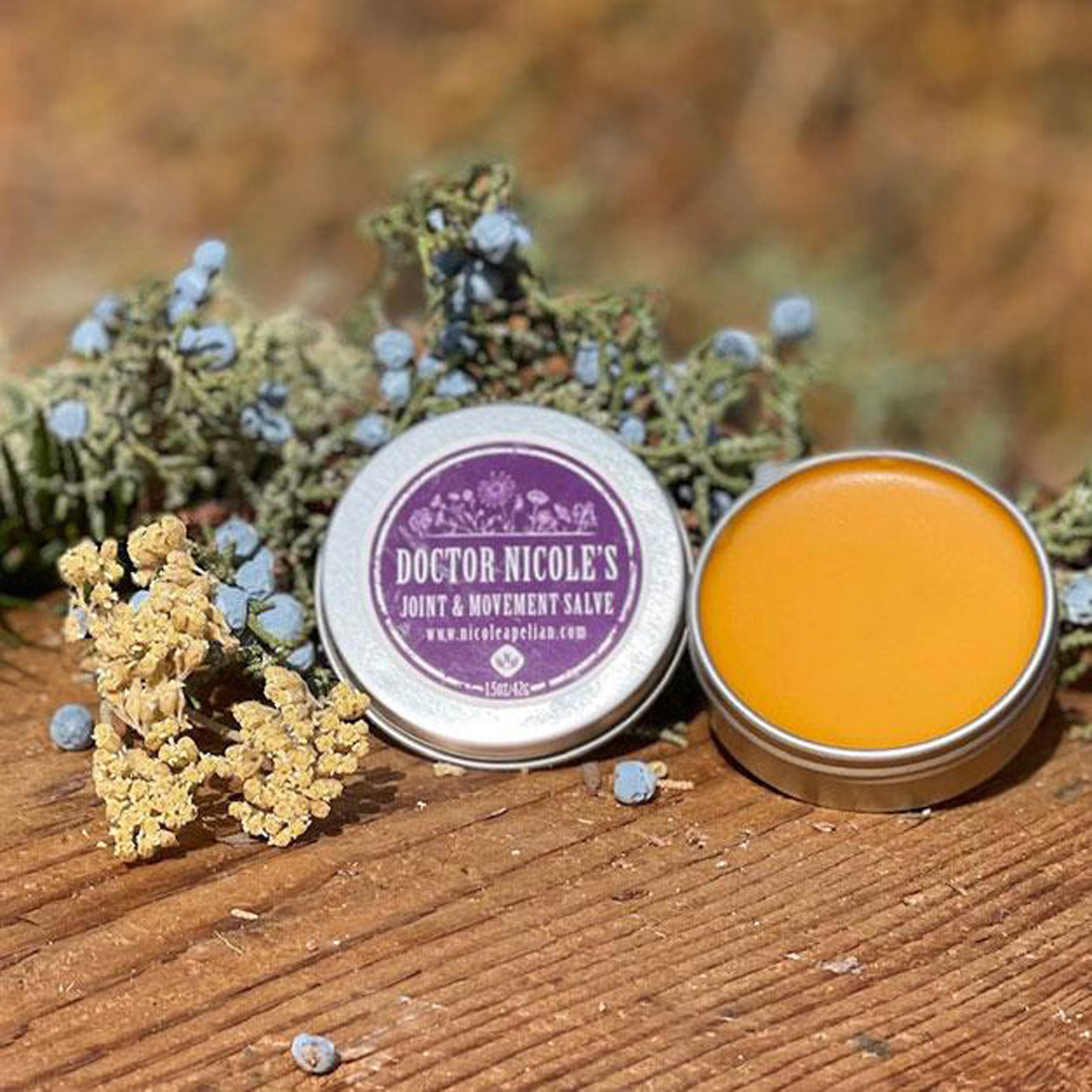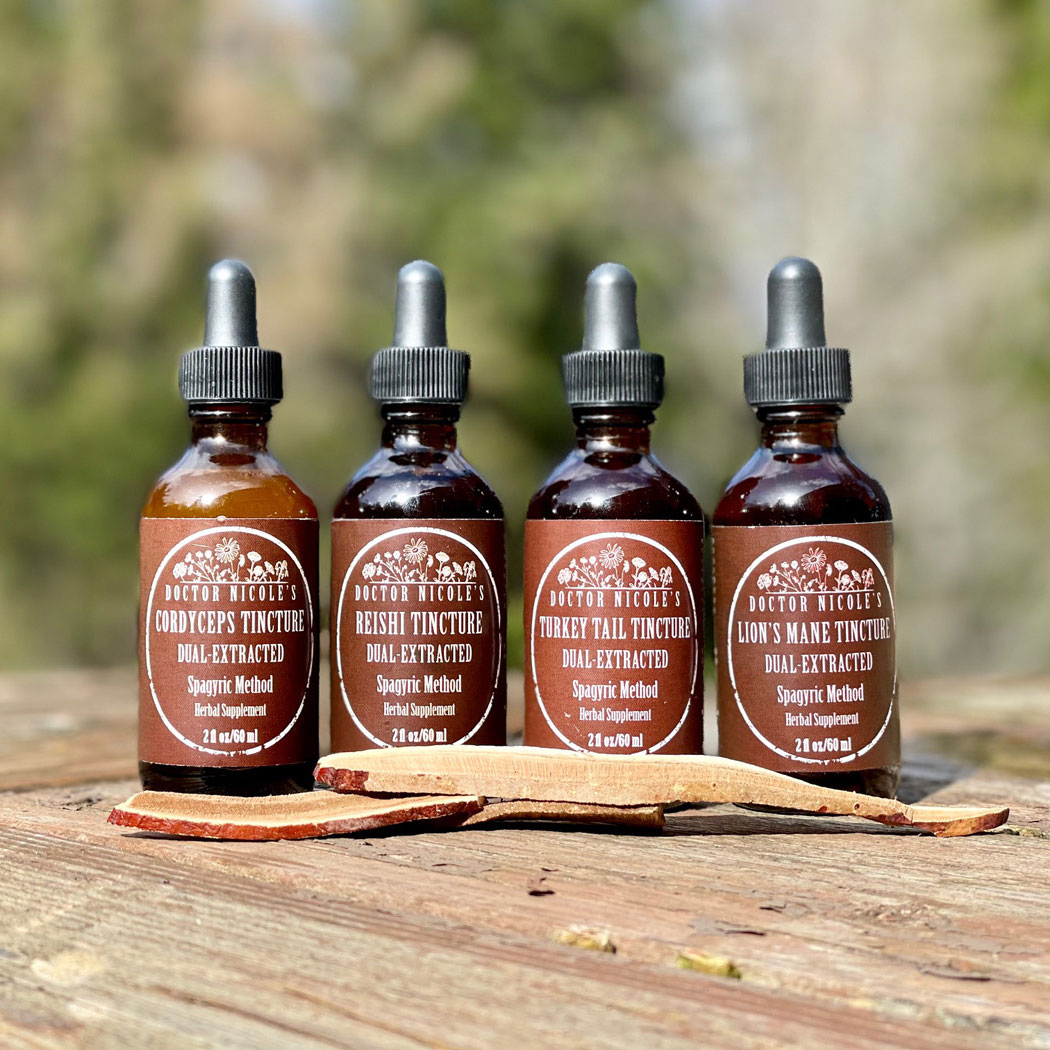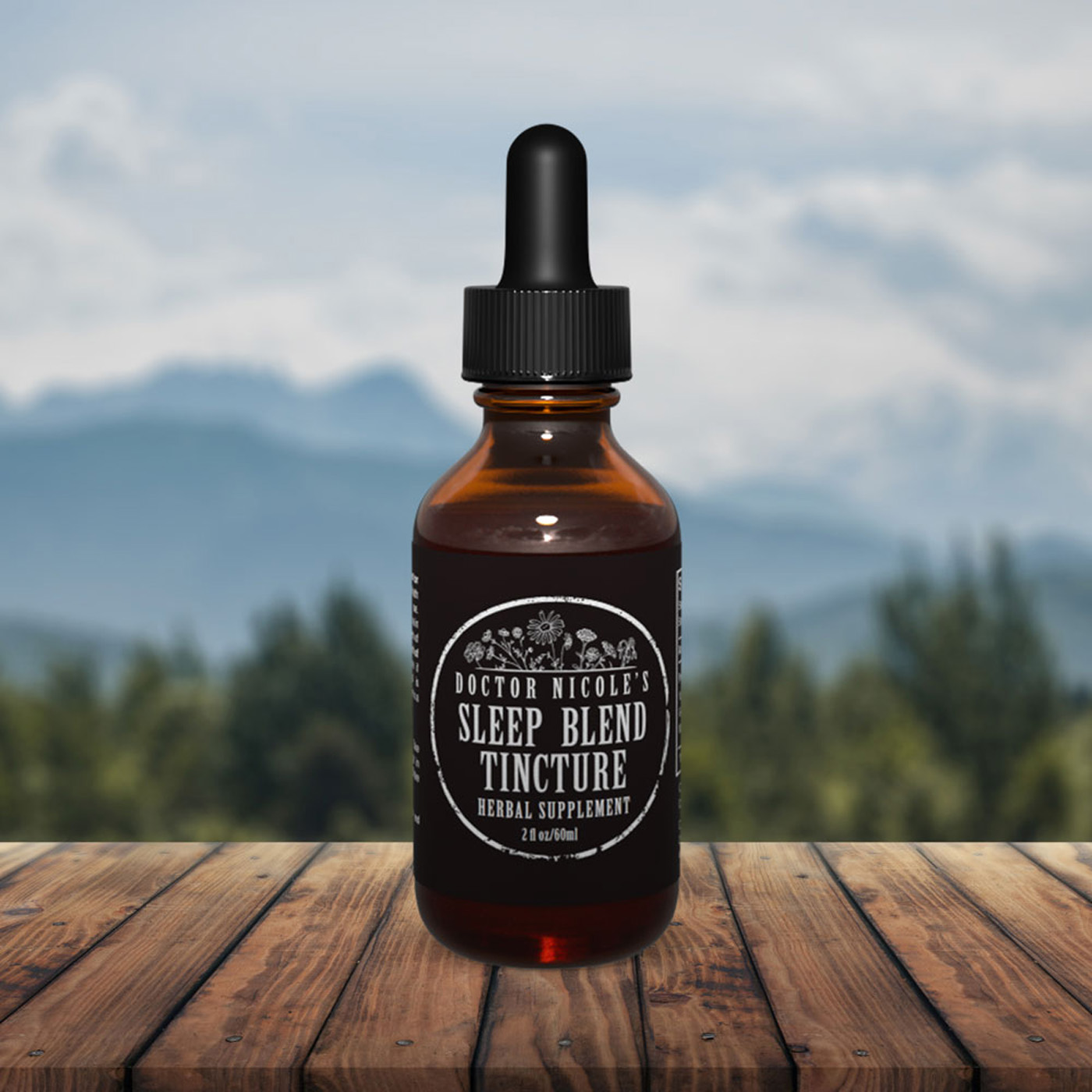MS: Three Times More Common in Women
While researchers do not know what causes multiple sclerosis, it has been firmly established in scientific circles that the disease is three times more common in females compared to males — and some studies suggest this gap may be even more pronounced.1,2 While males and females often experience similar symptoms, hormones play a significant role in how MS develops and progresses and the level of severity. MS-related pain is also different between the two groups. Here we will explore the unique challenges of multiple sclerosis in women, along with tips for managing symptoms. But first, let’s look at the female hormonal system and how it impacts those with the disease.
The Influence of Hormones on Multiple Sclerosis
Women experience four major hormonal seasons throughout their life: puberty, menstruation, pregnancy, and menopause. Each has a specific influence on multiple sclerosis.
Interestingly, researchers suspect lower levels of the male hormone testosterone influence the development of MS in females. Studies have shown that lower testosterone is associated with a higher rate of multiple sclerosis.2 Researchers believe this is because the male hormone is naturally anti-inflammatory and may protect against immune-related diseases. On the flip side, the hormonal changes during puberty in females are associated with an increased risk of developing the disease later in life.3 Women with MS tend to experience worse symptoms during their menstrual period (including PMS) and irregular cycles as well.4
However, pregnancy and lactation both appear to be protective due to the higher levels of estrogen and progesterone. But there is a significant rise in relapse after delivery when hormones decline — unless the mother nurses her baby and triggers the release of prolactin.2,5 Older studies have found that MS flares tend to return in the first three months postpartum and yet, recent research published in the journal Neurology found no correlation. The team underscored the protective aspect of exclusive nursing in reducing the risk of relapse postpartum.7
What about menopause? The findings are mixed. A smaller older study involving 30 females reported that 54% said their symptoms worsened with menopause, while 8% had improvement and 38% said there was no change.6 However, a 2018 longitudinal cohort study published in the journal European Neurology found there was no change in MS disability rates, but instead reported a drop in flares five years after menopause.8 A 2020 study noted that the disease often changes from relapsing remitting MS (RRMS) before menopause to progressive MS during menopause.9
Inflammation and Obesity
Weight can also play a role in the development of the disease since inflammation is a key component of MS. How is this linked to a higher multiple sclerosis rate in women? Females tend to carry more fat on their bodies — especially around the midsection, which is associated with increased inflammation. Dr. Ellen Mowry, MD, an MS expert at Johns Hopkins Multiple Sclerosis Center points out overweight or obese women are particularly at risk for the disease because of how the inflammation chemicals differ from those in men.10

Pain is one of the most common symptoms of MS with 55% of patients experiencing clinically significant pain and another 48% report living with ongoing chronic pain.11 Women with MS report a higher prevalence of pain, along with depression, fatigue, and cognitive impairment compared to men.12
MS pain can involve trigeminal neuralgia, which is a stabbing facial pain; Lhermitte’s sign, a short electric shock that moves from the back of the head down the neck and spine; or a stabbing, burning, squeezing sensation focused on the torso or arms, legs, or feet. Pins and needles, prickling, and aching can also arise.
Managing MS Naturally
Even though multiple sclerosis can impact women differently than men, addressing the disease in both sexes is the same. Personally, I have had great success with natural remedies. In fact, my MS hasn’t progressed in over two decades! You can read about this journey in “My Multiple Sclerosis Diagnosis and Healing“.
To manage my MS, I use our Mushroom FOURtress Bundle and Balanced Gut Blend every day. The bundle contains dual-extracted, fruiting body tinctures of Cordyceps, Lion’s Mane, Reishi, and Turkey Tail. Each medicinal mushroom has unique research-backed benefits that include: lowering inflammation, reducing stress, modulating the immune system, boosting brain function, fighting viral and bacterial infections, stimulating Nerve Growth Factor (NGF), improving energy, and lessening the brain fog of MS.
Did you know that your gut health is directly tied to autoimmunity? It’s true! For those with a genetic predisposition, a leaky gut may allow environmental factors to enter the body and trigger the initiation and development of an autoimmune disease.13 Researchers have also found that a robust microbiota provides a protective effect by supporting the epithelial barrier, which in turn reduces leaky gut and helps to prevent environmental factors from entering the bloodstream. This is why I use our Balanced Gut Blend as it is formulated with anti-inflammatory and soothing herbs that help to repair the intestinal tract, support the microbiome, and restore healthy gut function.
If you would like to explore these and many other helpful herbal remedies for autoimmunity — including our potent Anxiety & Stress Tincture, Sleep Blend, and pain-relieving Joint & Movement Salve — visit my apothecary today and discover the difference natural medicine can make!
Nicole Apelian
Nicole’s Apothecary Products in this Post
References
- Wallin, M. T., Culpepper, W. J., Campbell, J. D., Nelson, L. M., Langer-Gould, A., Marrie, R. A., Cutter, G. R., Kaye, W. E., Wagner, L., Tremlett, H., Buka, S. L., Dilokthornsakul, P., Topol, B., Chen, L. H., LaRocca, N. G., & US Multiple Sclerosis Prevalence Workgroup (2019). The prevalence of MS in the United States: A population-based estimate using health claims data. Neurology, 92(10), e1029–e1040. https://doi.org/10.1212/WNL.0000000000007035
- Gilli, F., DiSano, K. D., & Pachner, A. R. (2020). SeXX Matters in Multiple Sclerosis. Frontiers in neurology, 11, 616. https://doi.org/10.3389/fneur.2020.00616
- Ysrraelit, M. C., & Correale, J. (2019). Impact of sex hormones on immune function and multiple sclerosis development. Immunology, 156(1), 9–22. https://doi.org/10.1111/imm.13004
- Mirmosayyeb, O., Badihian, S., Manouchehri, N., Basiri, A. K., Barzegar, M., Esmaeil, N., Fayyazi, E., & Shaygannejad, V. (2018). The interplay of multiple sclerosis and menstrual cycle: Which one affects the other one?. Multiple sclerosis and related disorders, 21, 46–50. https://doi.org/10.1016/j.msard.2018.01.020
- Krysko KM, Rutatangwa A, Graves J, Lazar A, Waubant E. Association Between Breastfeeding and Postpartum Multiple Sclerosis Relapses: A Systematic Review and Meta-analysis. JAMA Neurol. 2020;77(3):327–338. doi:10.1001/jamaneurol.2019.4173
- Smith, R., & Studd, J. W. (1992). A pilot study of the effect upon multiple sclerosis of the menopause, hormone replacement therapy and the menstrual cycle. Journal of the Royal Society of Medicine, 85(10), 612–613. https://doi.org/10.1177/014107689208501008
- Langer-Gould, A., Smith, J. B., Albers, K. B., Xiang, A. H., Wu, J., Kerezsi, E. H., McClearnen, K., Gonzales, E. G., Leimpeter, A. D., & Van Den Eeden, S. K. (2020). Pregnancy-related relapses and breastfeeding in a contemporary multiple sclerosis cohort. Neurology, 94(18), e1939–e1949. https://doi.org/10.1212/WNL.0000000000009374
- Ladeira, F., Salavisa, M., Caetano, A., Barbosa, R., Sá, F., & Correia, A. S. (2018). The Influence of Menopause in Multiple Sclerosis Course: A Longitudinal Cohort Study. European neurology, 80(3-4), 223–227. https://doi.org/10.1159/000496374
- Krysko, K. M., Graves, J. S., Dobson, R., Altintas, A., Amato, M. P., Bernard, J., Bonavita, S., Bove, R., Cavalla, P., Clerico, M., Corona, T., Doshi, A., Fragoso, Y., Jacobs, D., Jokubaitis, V., Landi, D., Llamosa, G., Longbrake, E. E., Maillart, E., Marta, M., … Hellwig, K. (2020). Sex effects across the lifespan in women with multiple sclerosis. Therapeutic advances in neurological disorders, 13, 1756286420936166. https://doi.org/10.1177/1756286420936166
- “Multiple Sclerosis: Why Are Women More at Risk?” Johns Hopkins Medicine. https://www.hopkinsmedicine.org/health/conditions-and-diseases/multiple-sclerosis-ms/multiple-sclerosis-why-are-women-more-at-risk?__cf_chl_tk=XQUiH.oBXTK5trvo03GUK5AjPi9hX.0HeO1QaQfIMv0-1725124210-0.0.1.1-6185
- “Pain: The Basic Facts” National Multiple Sclerosis Society. https://cdn.sanity.io/files/y936aps5/production/90b2340c79f440fbdca64c6a74be236d53bbb27e.pdf
- Rommer, P. S., Ellenberger, D., Hellwig, K., Haas, J., Pöhlau, D., Stahmann, A., Zettl, U. K., & Scientific Advisory Group of the German MS-Register by the German MS Society (2020). Relapsing and progressive MS: the sex-specific perspective. Therapeutic advances in neurological disorders, 13, 1756286420956495. https://doi.org/10.1177/1756286420956495
- Mu, Q., Kirby, J., Reilly, C. M., & Luo, X. M. (2017). Leaky Gut As a Danger Signal for Autoimmune Diseases. Frontiers in immunology, 8, 598. https://doi.org/10.3389/fimmu.2017.00598



